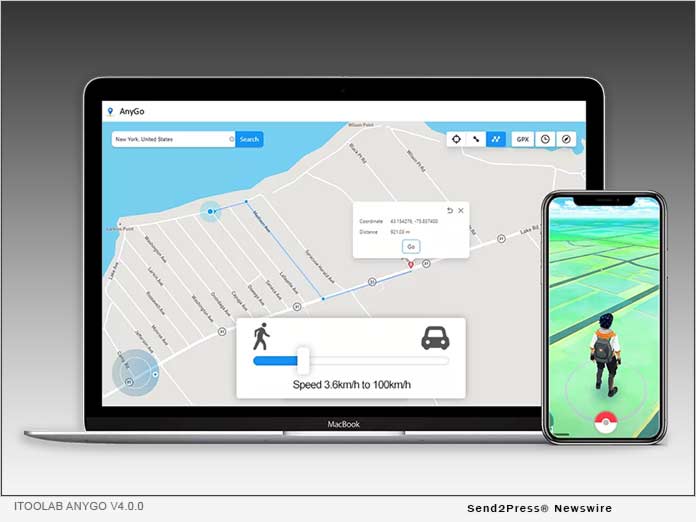

No evidence of strong cross-reactivity was observed with many neutralizing SARS or MERS monoclonal antibodies (personal communications), suggesting it has very unique antigenicity. SARS-CoV-2’s S1 protein has 685 amino acids with seven potential glycosylation sites 12. The S1 protein attaches the virion to the cell membrane by interacting with a host receptor (human ACE2), initiating the infection 11. The S-protein can be divided into two parts: S1 and S2 proteins. Cross-reactivity among N proteins of human coronaviruses was reported by Yu’s group 10. SARS-CoV-2’s N protein shared over 90% homology with other members of the coronavirus family. SARS-CoV-2 contains nucleoprotein (N-protein), spike glycoprotein (S-protein), envelope protein (E-protein) and membrane protein (M-protein) 8, 9. Out of the seven members, SARS, MERS and SARS-CoV-2 have mortality rates between 9-14%, while the other four members, HCoV-OC43, HCoV-NL63, HCoV-229E and HCoV-HKU1, only cause mild flu syndrome and have been around for many years. SARS-CoV-2 is one of the seven human coronaviruses known to infect human. Nucleic acid tests (NAT), the most widely used diagnostic assay for COVID-19 in the world, only have a 40% accuracy rate, leading to many patients who test negative on NAT to nonetheless go on to suffer severe complications, including possible mortality, due to undetected SARS-CoV-2 infections 6, 7.

There is an urgent need to develop rapid, fast and simple screening tools to find “moving viral carriers” and quarantine them. Making the issue even worse, the virus can be widely transmitted by asymptomatic viral-carriers to people in close contact 4, with some patients reportedly becoming sick once again after their initial recovery and yielding a positive NAT test 5. Infections among healthcare providers were even more alarming, with 4826 Italian doctors and nurses reported to be infected over such a short period due to the lack of appropriate medical protection gear and quick screening of SARS-CoV-2 infections 2, 3. With the assays developed here, we can screen millions of medical staffs in the hospitals and people in residential complex, schools, public transportations, and business parks in the epidemic centers of the outbreaks to fish out the “innocent viral spreaders”, and help to stop the further spreading of the virus.Īs of March 24, there were 370,416 confirmed cases of COVID-19 with 16,324 deaths in the world 1. Most importantly, in one case study, the ELISA test kit was able to identify an infected person who had previously been quarantined for 14 days after coming into contact with a confirmed COVID-19 patient, and discharged after testing negative twice by nucleic acid test. The sensitivity of the ELISA kit was determined to be 97.5% by testing against 69 samples from hospitalized and/or recovered COVID-19 patients. The specificity of the ELISA kit was determined to be 97.5%, as examined against total 412 normal human sera including 257 samples collected prior to the outbreak and 155 collected during the outbreak.
Squere anygo full#
For indirect ELISA, CHO-expressed recombinant full length SARS-CoV-2-S1 protein with 6* His tag was used as the coating antigen to capture the SARS-CoV-2-S1 antibodies specifically. Here we report the development and validation of a COVID-19/SARS-CoV-2 S1 serology ELISA kit for the detection of total anti-virus antibody (IgG+IgM) titers in sera from either the general population or patients suspected to be infected. There is urgent need for accurate and rapid diagnostic kits. WHO has declared COVID-19 a pandemic with more than 300,000 confirmed cases and more than 14,000 deaths.


 0 kommentar(er)
0 kommentar(er)
